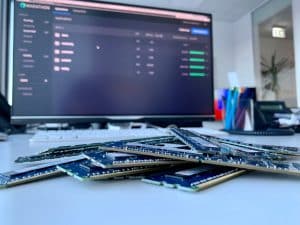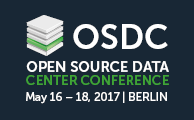
Für einen stabilen Betrieb von Marathon sollte die maximale Heap-Size der Java Virtual Machine (JVM) eine angemessene Größe haben. Zu wenig Memory äußert sich z.B. durch erhöhte Antwortzeiten oder durch die Aktivierung des OOM-Killer. Wo in vergangenen Versionen und Konfigurationen noch die /etc/defaults/marathon zum Setzen der Javaoption verwendet wurde, kann man hier seit Marathon 1.6 vergeblich sein Glück suchen. Aus meiner Sicht ist ein Verzicht auf /etc/defaults/marathon und eine saubere Definition in einer systemd Unit-Datei natürlich zu begrüßen. Die Umgebungsvariablen lassen sich auch dort einfach definieren, aber wie genau muss das für Marathon aussehen?
# systemctl edit marathon.service [Service] Environment=JAVA_OPTS=-Xmx2g
Mit systemclt edit kann man eine bestehende Unit-Datei einfach erweitern und der Parameter Environment setzt die Umgebungsvariable. Alternativ könnte man auch Environmentfile=/etc/defaults/marathon verwenden um das gewohnte Verhalten wieder herzustellen.
Nach dem Speichern braucht es einen Daemon-Reload, damit die neue Unit-Datei eingelesen wird.
# systemctl daemon-reload # systemctl restart marathon.service
Eigentlich bleibt also alles beim Alten, man muss nur die zusätzlichen Parameter in die JAVA_OPTS setzen und den Service neu starten ?.


























